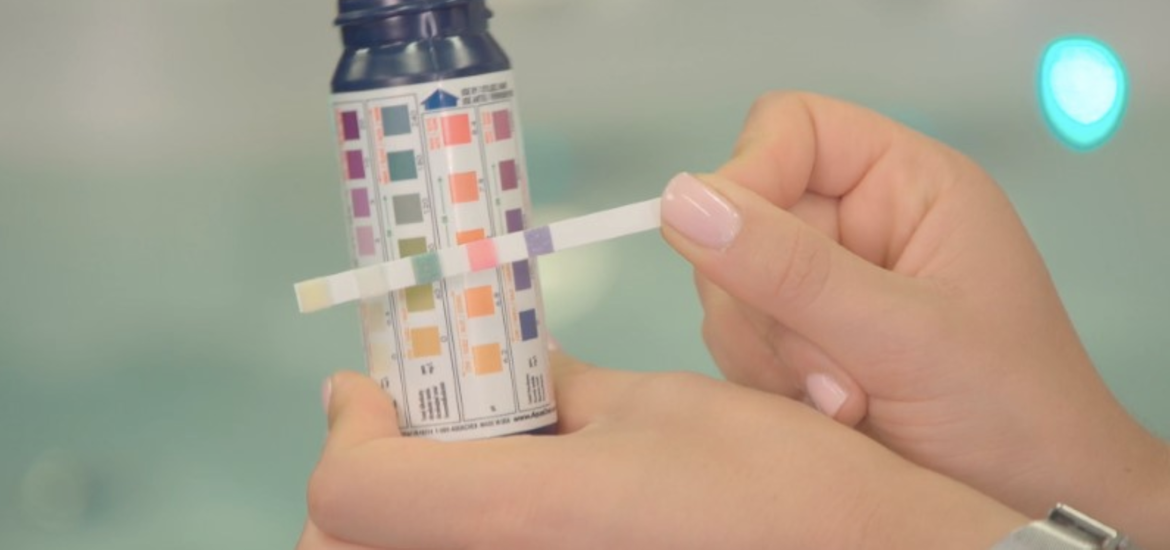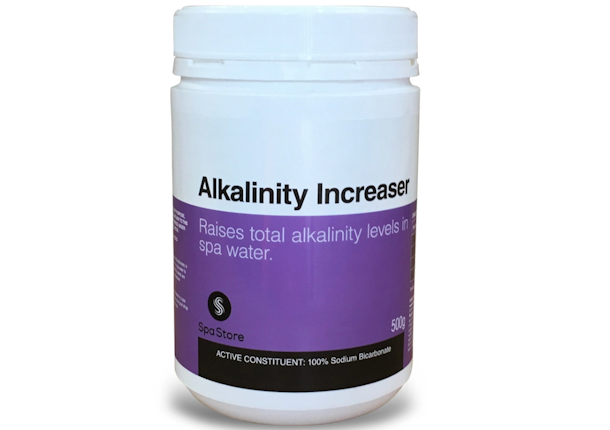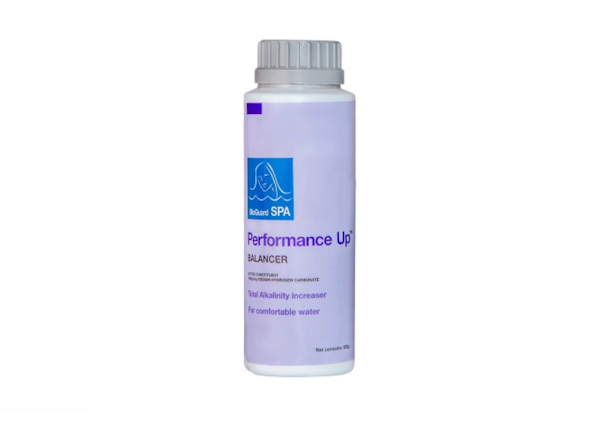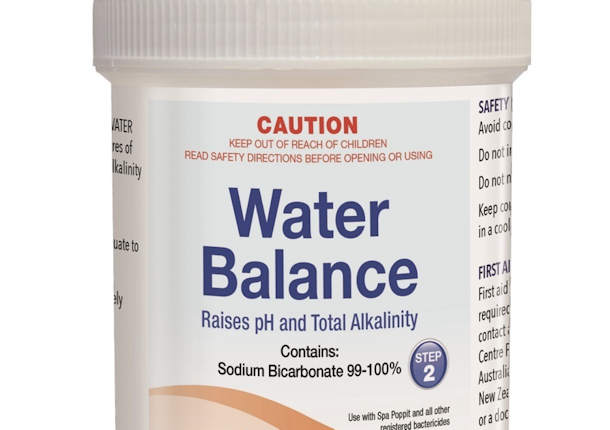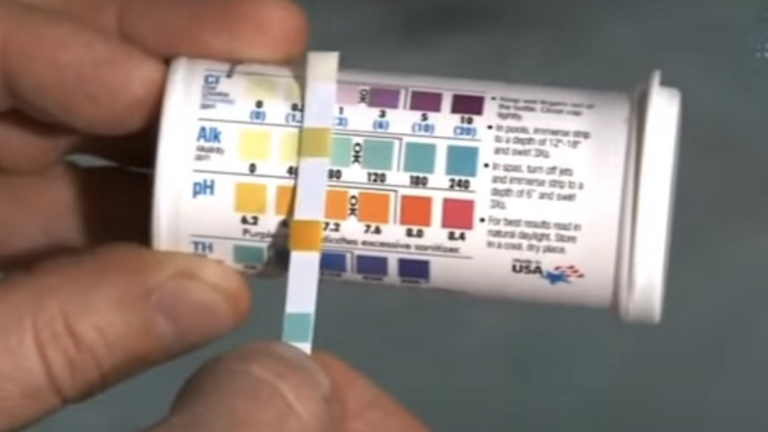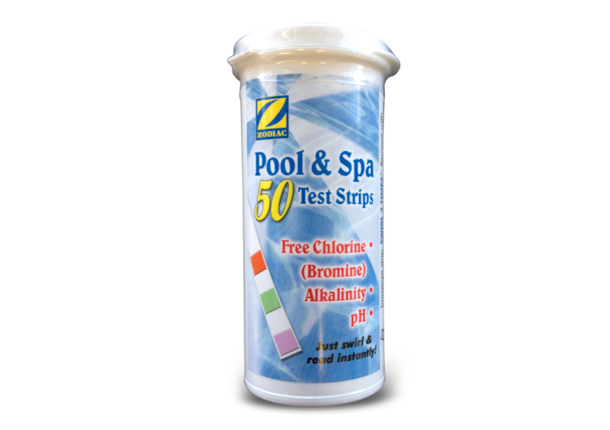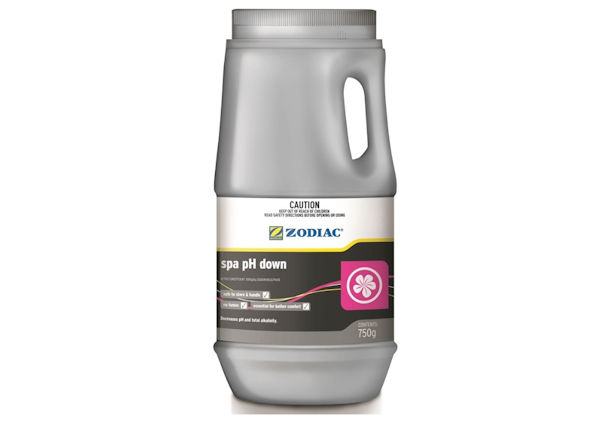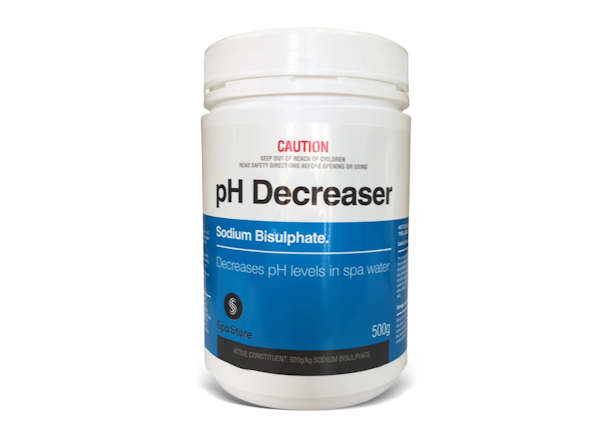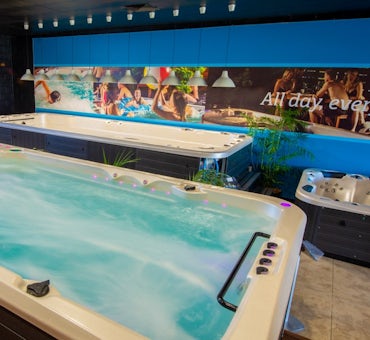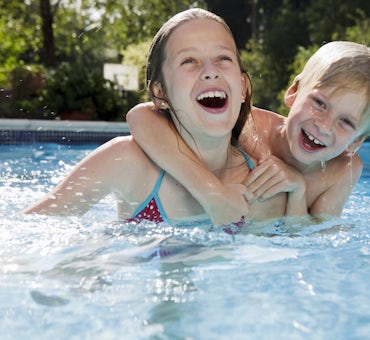In this article, you'll learn what spa alkalinity and pH are in your spa water, and why they matter.
If the pH and alkalinity of your spa water is not kept at the appropriate level there is a greater risk of damage to the spa equipment. This includes your spa heater element, spa pump seals, as well as other internal surfaces.
Read on to find out more about how to adjust your pH and alkalinity and what the correct levels should be.
We cover:
- The difference between pH and total alkalinity in a spa
- What are the effects of high and low Total Alkalinity in spa pools
- Ideal pH level in a spa pool
- The best way to test pH in a spa
- How to lower pH level of the spa
- How to increase pH level of the spa
This guide is for general reference only. Always follow the directions on your chemical container label. Always follow the directions on your chemical container label.
